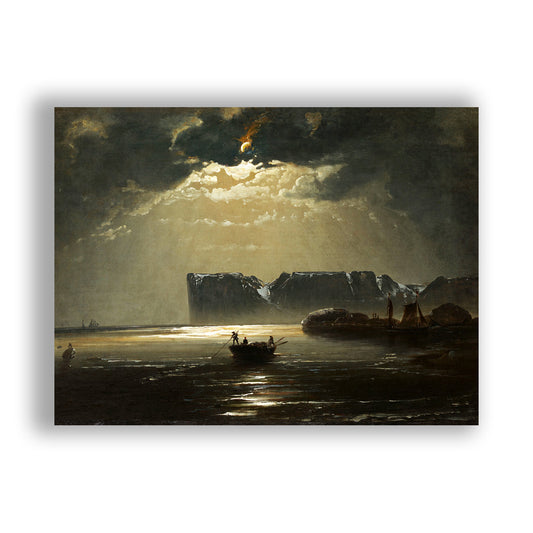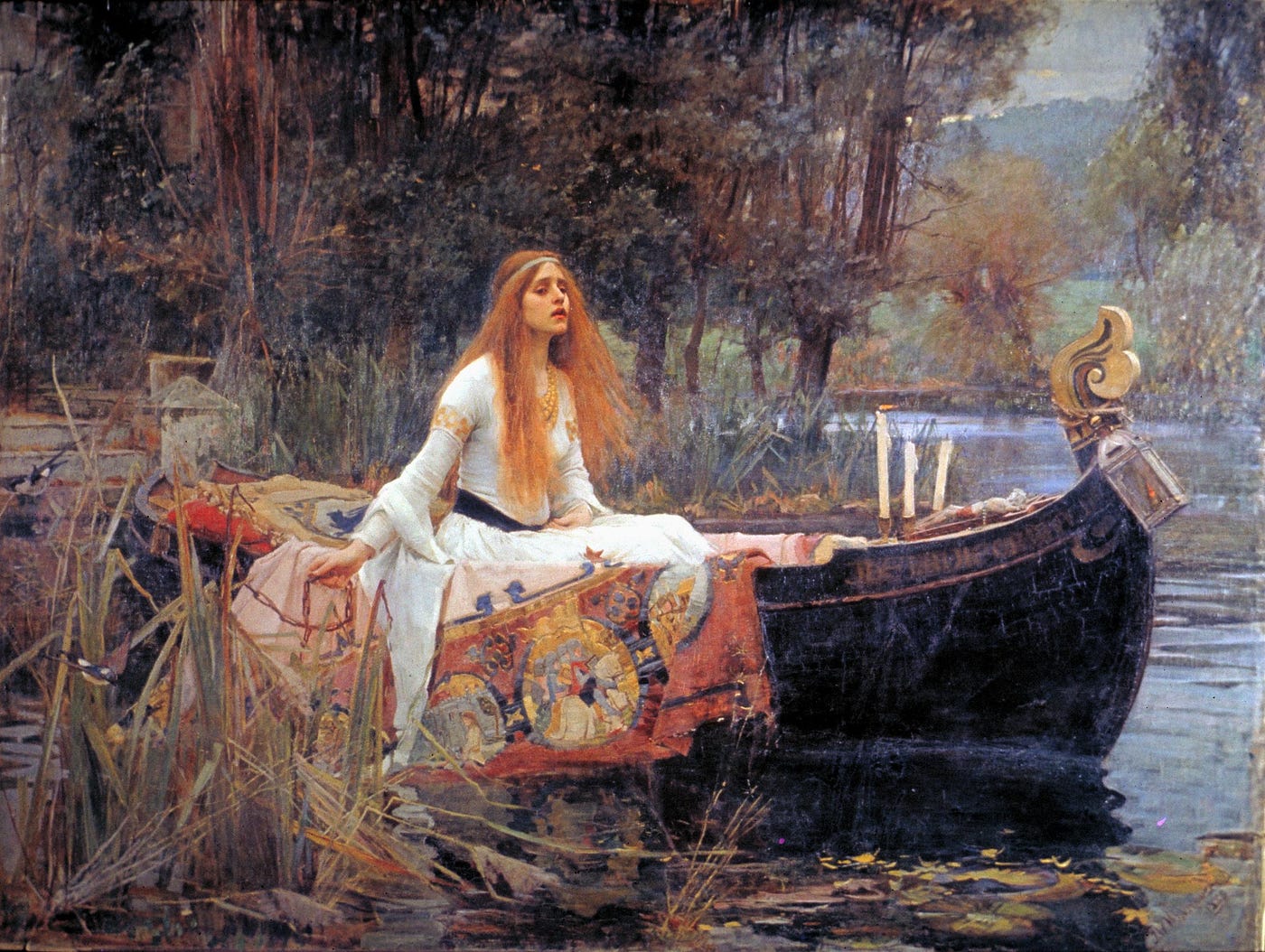
Romanticism
Era: XVIIIth - XIXth century
Romanticism, which emerged at the end of the 18th century, was an artistic movement that reached it's peak at the beginning of the 19th century. He favors emotion, individualism and wild nature. In reaction against the rationalism and rigor of neoclassicism, Romantic artists sought to express intense feelings and subjective experiences, often through dramatic, exotic or supernatural themes.
Romantic painters, such as Eugène Delacroix, Caspar David Friedrich and J.M.W. Turner, use dynamic compositions, contrasts of light and vibrant color palettes to create emotionally charged works. Delacroix, for example, is famous for his tumultuous and passionate scenes, like “Liberty Leading the People,” which capture the energy and spirit of revolt. Friedrich, for his part, explores melancholy and mystical landscapes, where nature becomes a mirror of the human soul, as in “The Traveler Contemplating a Sea of Clouds”.
Romanticism in painting is distinguished by an exaltation of the sublime, a fascination with mystery and a valorization of the imagination. Romantic artists sought to transcend everyday reality, exploring inner worlds and grandiose landscapes that evoke the power and fragility of human existence.
In summary, Romanticism is a celebration of emotion and nature, aiming to touch the soul of the viewer and awaken a sense of wonder and contemplation.
Remarkable Artwork
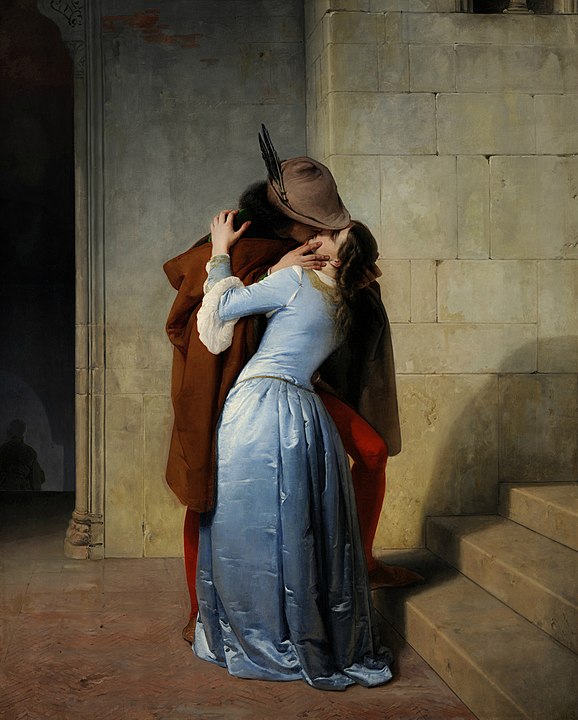
The Kiss (Hayez)
Francesco Hayez
Year of creation: 1859
Estimated Market Value: 168 M$
Original Format: 112 × 88 cm
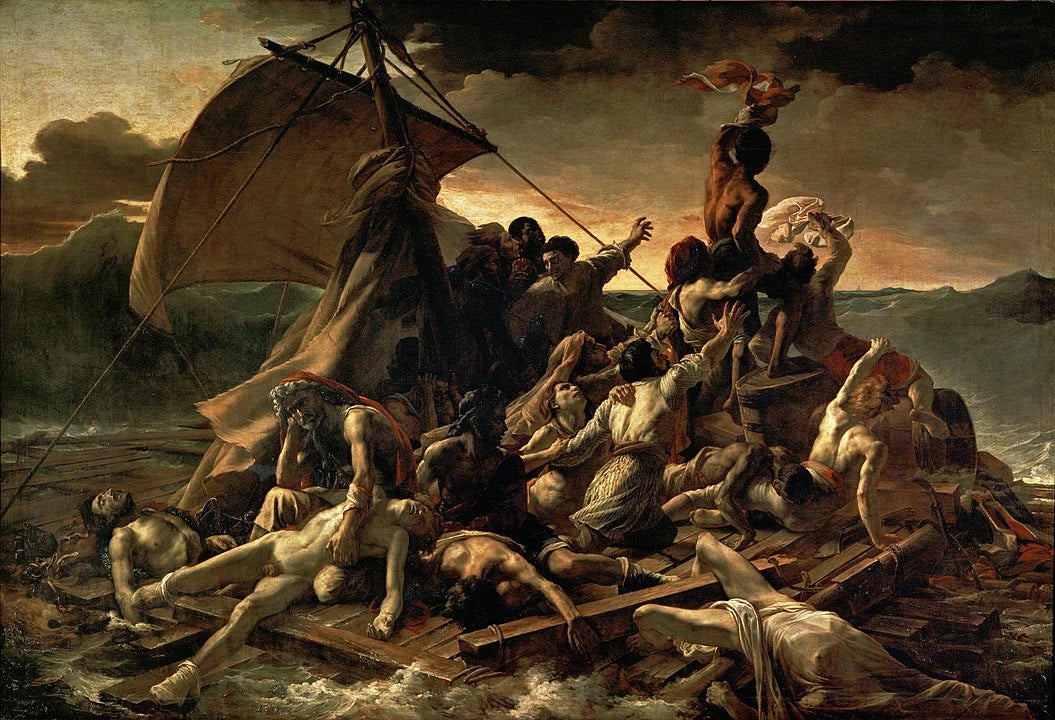
The Raft of the Medusa
Théodore Géricault
Year of creation: 1818-1819
Estimated Market Value: 238 M$
Original Format: 491 × 716 cm
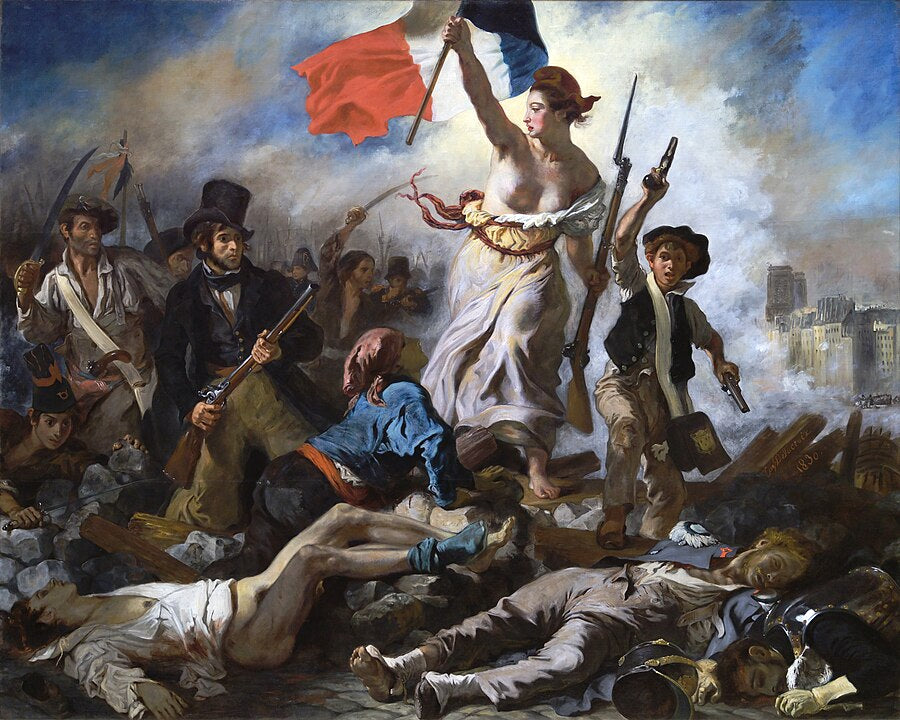
Liberty Leading the People
Eugène Delacroix
Year of creation: 1830
Estimated Market Value: 350 M$
Original Format: 260 cm × 325 cm
Available to Purchase
-
The North Cape By Moonlight
Regular price From $232.00 CADRegular priceUnit price / per


